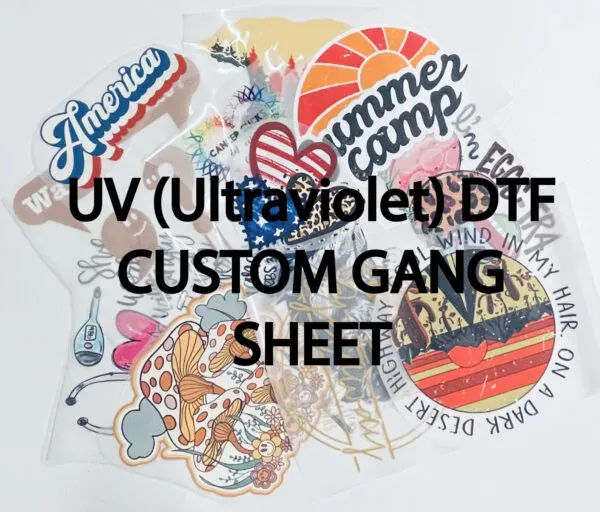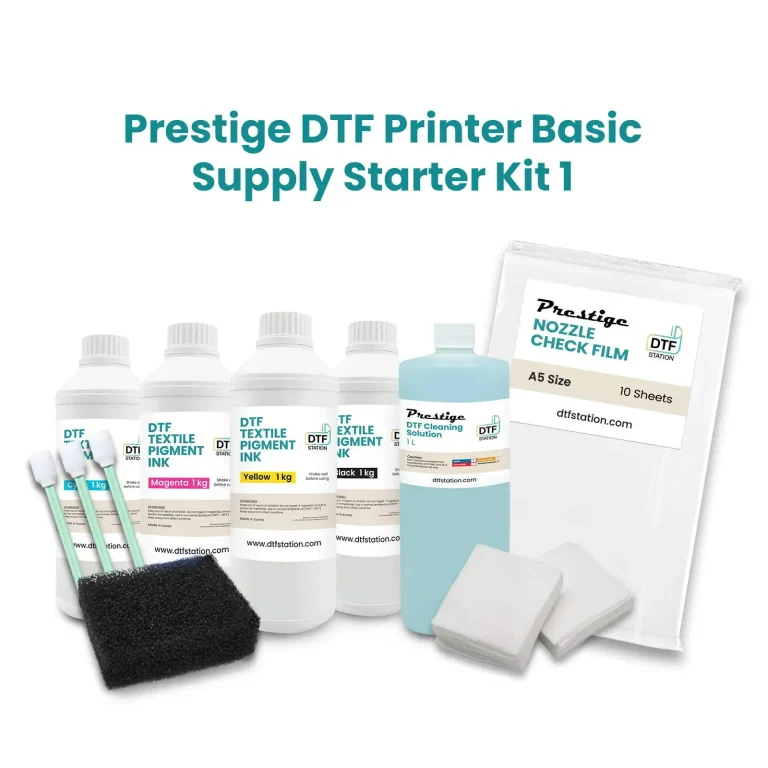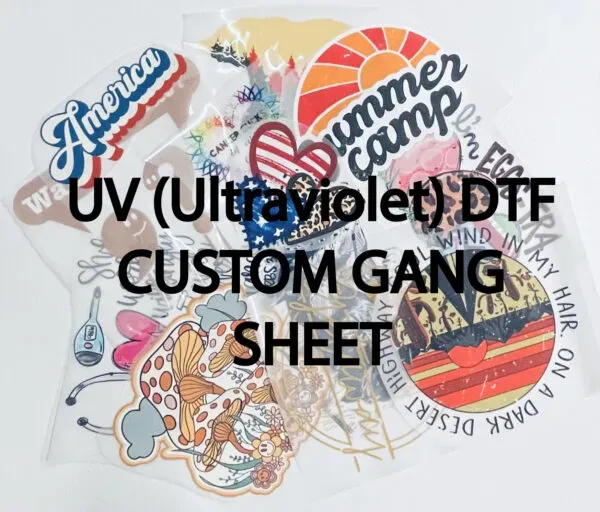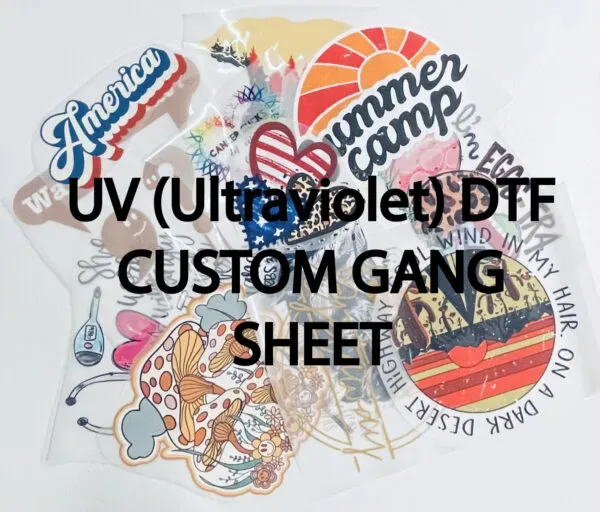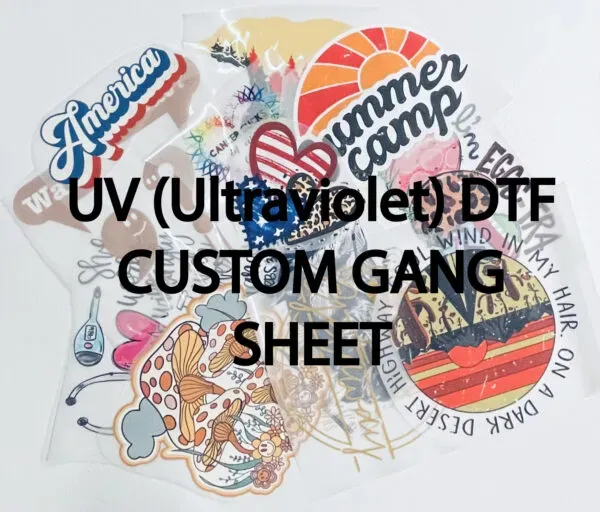
In today’s dynamic printing landscape, DTF printing, or Direct-to-Film printing, is revolutionizing the way businesses approach their printing needs. This innovative method not only enhances print quality but also offers significant advantages over traditional printing methods, such as screen printing and vinyl cutting. The benefits of DTF include greater versatility in printing on various fabrics, making it a preferred choice for businesses aiming to cater to diverse market demands. Furthermore, the cost effectiveness of DTF printing reduces the financial burden associated with conventional setups, allowing small to medium-sized enterprises to thrive. As the print industry evolves, DTF stands out as a modern solution that bridges the gap between quality and affordability.
When exploring advanced printing technologies, Direct-to-Film (DTF) printing emerges as a compelling choice for modern print businesses. Referred to as film transfer printing, this method leverages an innovative approach to create vivid designs that are seamlessly transferred to various materials. Emphasizing the inherent advantages of DTF, including its economical setup and extensive fabric compatibility, many businesses are migrating away from traditional techniques. Additionally, this versatile printing solution ensures quick turnaround times without sacrificing quality, appealing to businesses that demand efficiency. As print companies seek to remain competitive, DTF printing represents a shift towards more adaptable and cost-efficient methods in the printing sector.
Understanding DTF Printing: A Modern Solution for Print Businesses
Direct-to-Film (DTF) printing represents a significant evolution in the printing industry, straddling the gap between traditional methods and modern technological advancements. This technique allows for high-resolution designs to be printed onto a special transfer film, which can then be efficiently applied to a variety of fabric types. The application process involves heat and pressure, making it a straightforward yet effective means of achieving vibrant prints. The emergence of DTF printing is redefining how print businesses approach customization, enabling them to respond quickly to client needs without sacrificing quality.
In contrast to older methods such as screen printing, which often require extensive setups and specialized equipment for each color, DTF offers a streamlined approach. The cost savings associated with less initial equipment investment are significant for small and medium-sized enterprises looking to diversify their service offerings. By adopting DTF, businesses can keep pace with the growing demand for customized apparel while maintaining flexibility to adapt to different fabric requirements.
The Benefits of DTF Printing in Comparison to Traditional Methods
One of the most notable benefits of DTF printing is its cost-effectiveness. For many print businesses, traditional printing methods like screen printing can lead to high overhead costs due to the need for various setups and materials for each job. DTF, on the other hand, requires minimal setup time and resources. This not only lowers initial investment but also allows businesses to produce high-quality prints at a fraction of the cost and time typically associated with traditional approaches.
Furthermore, DTF printing shines in its versatility. It excels at printing on a broad range of materials, including cotton, polyester, and fabric blends. This capability means that print businesses using DTF can cater to diverse customer needs—from custom t-shirts to promotional products—without the logistical hurdles present in traditional methods. This adaptability further enhances market outreach and customer satisfaction, positioning DTF as a go-to solution for many print businesses.
Cost Effectiveness of DTF Printing: Saving Money for Your Print Business
Cost efficiency is arguably the most compelling reason to adopt DTF printing compared to traditional methods. The initial costs associated with setting up DTF printing systems are markedly lower, as businesses are not required to invest in costly screens and extensive materials for each project. This makes DTF incredibly appealing for startups or businesses looking to expand their production capabilities without incurring massive debts.
Moreover, the reduced setup time and ability to produce multiple designs with minimal adjustments allow for quicker turnover. This leads to increased productivity and higher profit margins. For businesses that thrive on rapid deliveries and custom orders, DTF’s affordability and efficiency can be game-changers, enhancing overall operational performance.
Exploring Versatile Printing Solutions: How DTF Stands Out
DTF printing is increasingly recognized as one of the most versatile printing solutions available today. Unlike traditional printing methods that often cater to specific materials, DTF can easily adapt to various fabric types, including specialized textiles. This flexibility means that print houses can take on a wider array of projects without needing to invest in multiple types of printing setups.
Furthermore, DTF’s capability to apply detailed designs across diverse products—from clothing to accessories—enables businesses to tap into niche markets and expand their product line. As consumer preferences evolve towards personalized and varied products, DTF printing provides a competitive edge to businesses willing to embrace this innovative method.
Durability Concerns: Comparing DTF and Traditional Prints
While DTF printing has many advantages, it’s important to address concerns regarding durability when compared to traditional methods. Traditional screen printing is often lauded for its longevity, especially in high-wear applications. When screen printing techniques are applied with high-quality inks and best practices, the prints maintain their integrity even after numerous washes.
On the contrary, while DTF prints are generally durable, they may still face challenges in terms of washability and texture. Over time, there can be a difference in wear and feel between DTF and traditional methods, which may affect customer satisfaction. Print businesses need to evaluate the durability requirements of their specific products and decide accordingly.
Making Informed Decisions: Choosing Between DTF and Traditional Methods
In the landscape of modern printing, making informed decisions is crucial for the success of your print business. When evaluating DTF versus traditional methods, consider factors such as production volume and customer expectations. DTF printing is particularly advantageous for small runs, custom designs, or rapidly shifting production needs, while traditional printing often excels in high-volume, long-term projects.
Cost factors should also be a significant consideration in this decision-making process. For those starting new businesses or pivoting their service offerings, the cost-effectiveness of DTF can be a compelling reason to switch. Ultimately, businesses should align their chosen printing methods with their target audience’s demands and their production capabilities to ensure sustainable growth in this competitive industry.
Frequently Asked Questions
What are the main benefits of DTF printing compared to traditional printing methods?
DTF printing offers several benefits over traditional printing methods, including cost-effectiveness, versatility, and reduced setup time. It requires a lower initial investment and allows for printing on various fabric types, making it perfect for businesses that cater to diverse markets. Additionally, DTF printing provides quicker setups compared to traditional methods like screen printing, enhancing overall efficiency.
Is DTF printing more cost-effective than traditional printing methods?
Yes, DTF printing is generally more cost-effective than traditional printing methods such as screen printing. The setup costs for DTF are lower because it eliminates the need for multiple screens for different colors, which are typically required in traditional methods. This makes DTF a great option for startups and small businesses looking to minimize expenses while maximizing print quality.
How does DTF printing handle various fabrics compared to traditional methods?
DTF printing excels in versatility, allowing it to print effectively on a wide range of fabrics, including cotton, polyester, and blends. Traditional printing methods often require specific setups for different materials, which can limit the range of offerings. This flexibility makes DTF an excellent choice for businesses aiming to serve a broader audience without significant workflow changes.
What are the durability concerns associated with DTF printing compared to traditional methods?
While DTF printing offers vibrant and detailed prints, durability can be a concern when compared to traditional methods like screen printing. Screen printing is known for its long-lasting quality, particularly with high-quality inks, whereas DTF prints may not withstand repeated washing as well. Thus, businesses prioritizing durability might consider traditional printing methods for certain applications.
Can DTF printing provide high-quality results similar to traditional printing methods?
DTF printing can deliver high-quality results, but the print texture may differ from traditional methods. Customers may enjoy the unique finish DTF offers, while others might prefer the softer feel of screen prints. Depending on the target market and specific client expectations, the perceived quality can vary, which businesses should consider when choosing a printing method.
What factors should businesses consider when choosing between DTF printing and traditional methods?
When deciding between DTF printing and traditional methods, businesses should consider factors like production volume, cost, and quality needs. DTF is ideal for short runs and custom designs due to its lower setup costs and quicker turnaround. However, if high volume and long-term durability are priorities, traditional methods might be more suitable.
| Key Point | DTF Printing | Traditional Methods |
|---|---|---|
| Overview | Prints designs on transfer film for heat application. | Includes methods like screen printing and vinyl cutting. |
| Cost-Effectiveness | Lower initial investment, ideal for small businesses. | High setup costs due to screens required for each color. |
| Versatility | Works on various fabrics; suitable for niche markets. | Limited by fabric types; requires different setups for each. |
| Setup Time | Faster setup leads to quicker turnaround times. | Long preparation time for screens and designs. |
| Durability | Generally durable, but may not hold up as well over time. | Known for long-lasting quality with proper techniques. |
| Print Texture | Unique texture, may differ from traditional prints. | Softer, more integrated feel that some customers prefer. |
| Best For | Short runs or custom designs, cost-effective solutions. | High-volume production requiring durability and longevity. |
Summary
DTF printing, or Direct-to-Film printing, represents a modern solution for businesses seeking efficiency and versatility in their printing processes. Unlike traditional methods that may require significant setup time and higher costs, DTF offers a streamlined approach that caters to various fabric types and design complexities. This innovative method allows print businesses to expand their offerings and respond rapidly to customer demands without compromising on quality. While both DTF and traditional printing methods have their own advantages and limitations, understanding these can help business owners make informed choices that align with their operational needs and market expectations.

